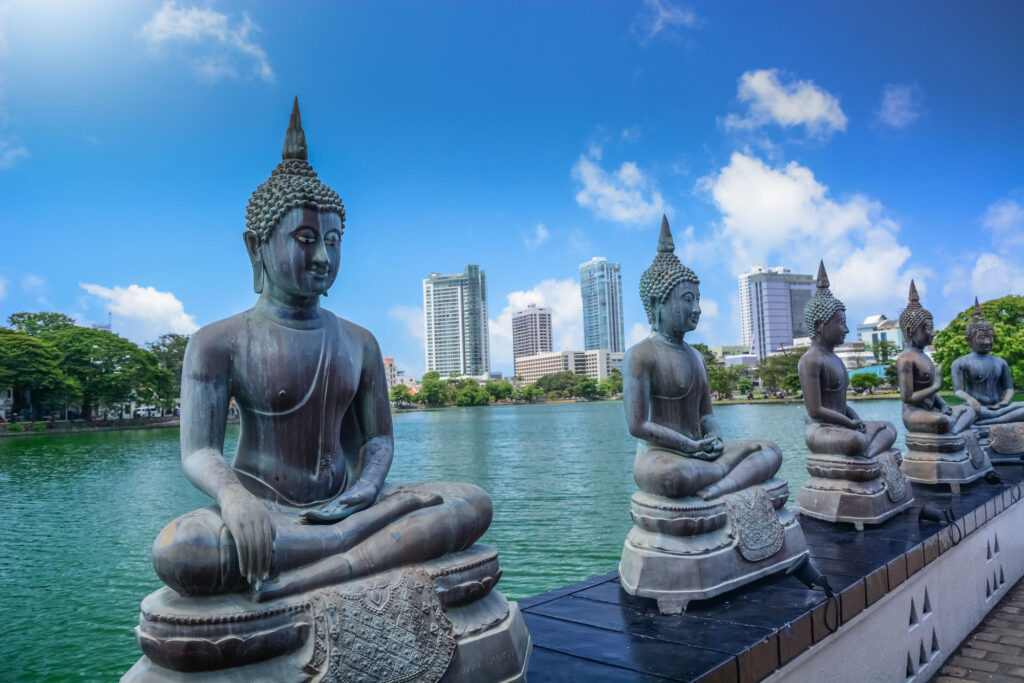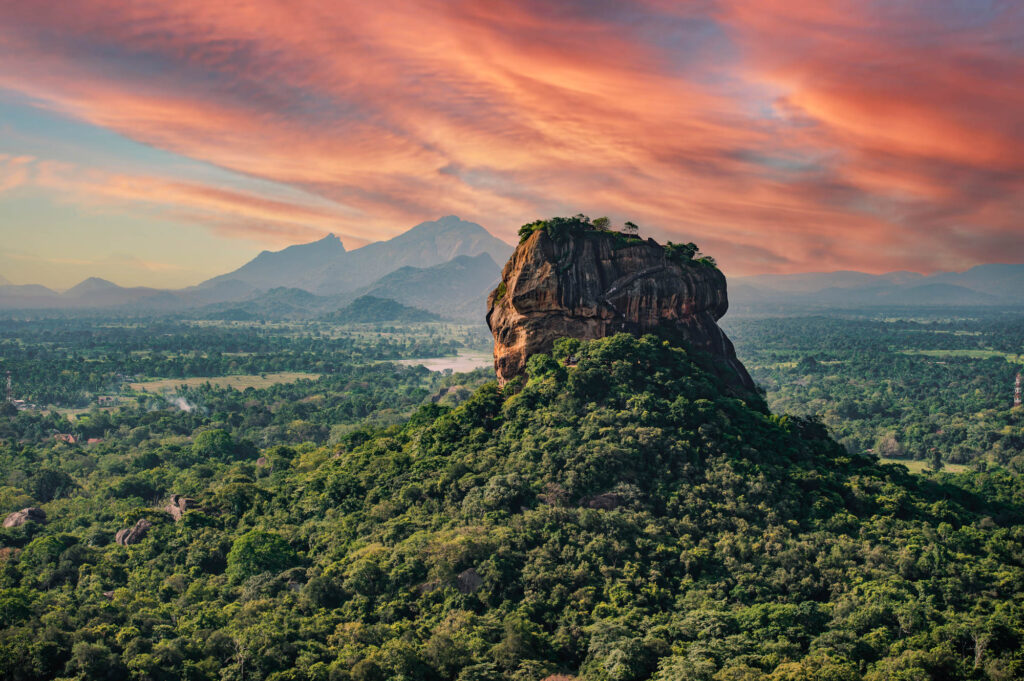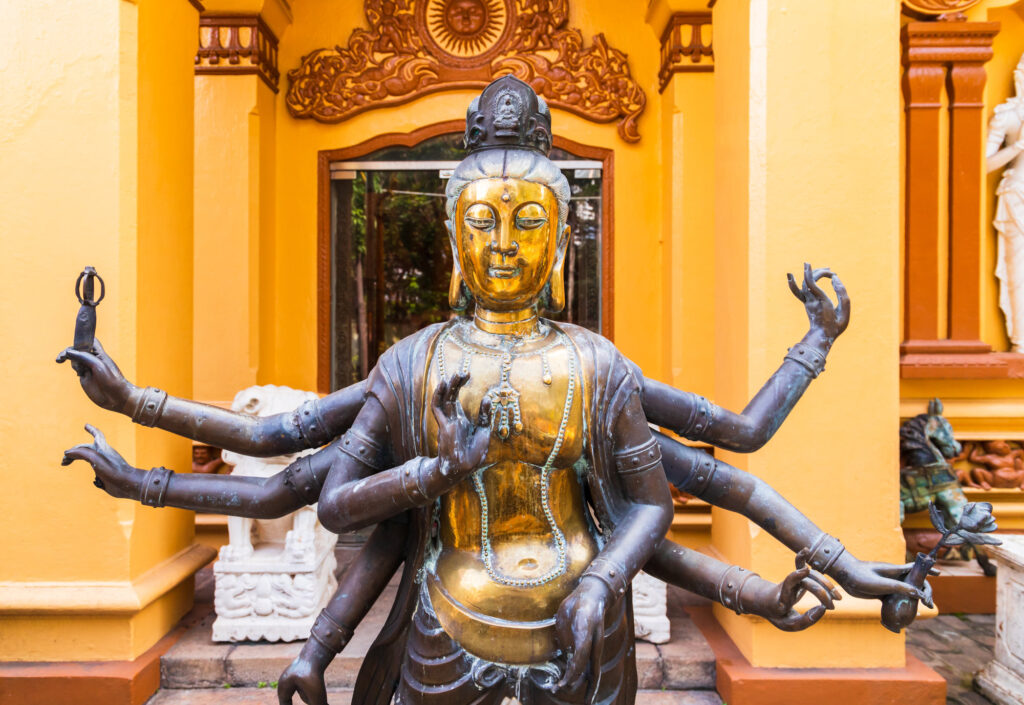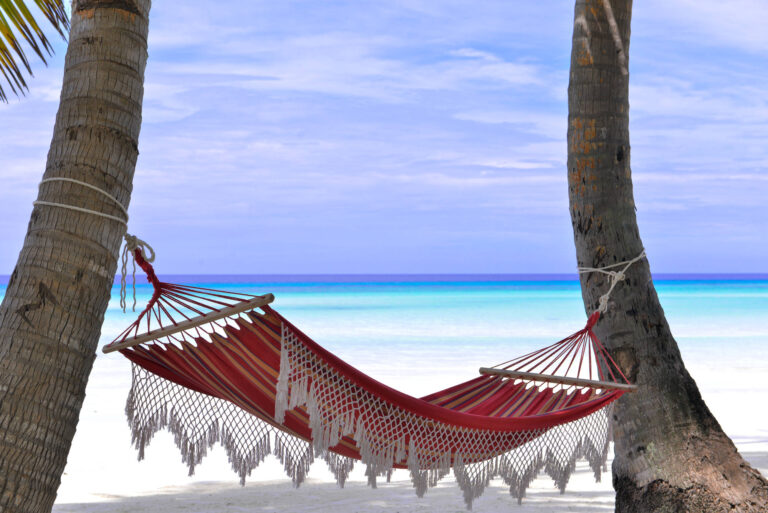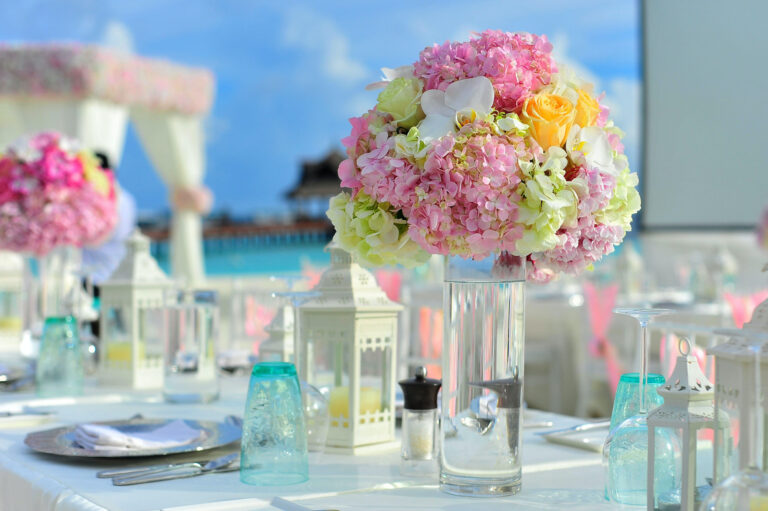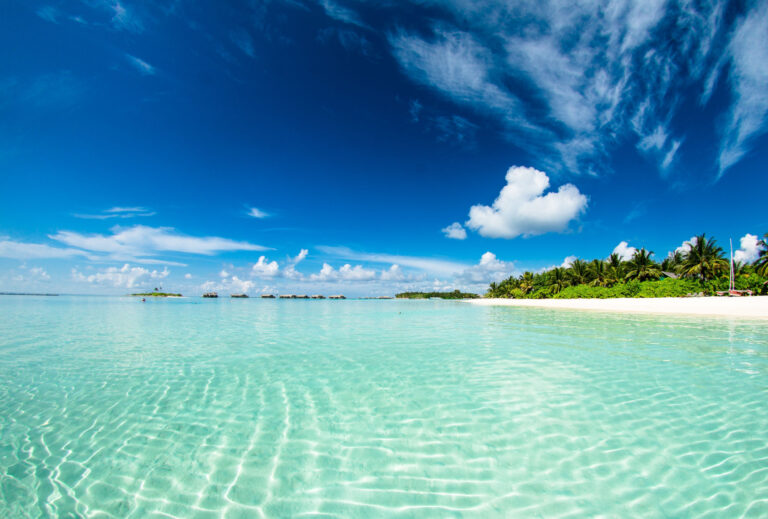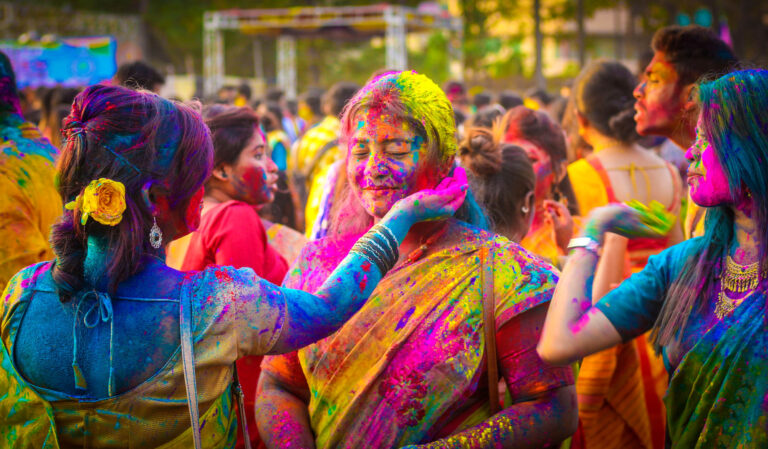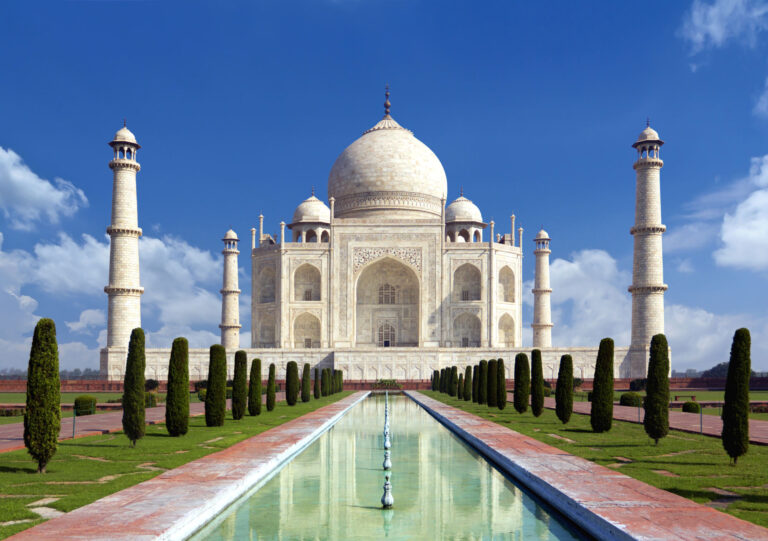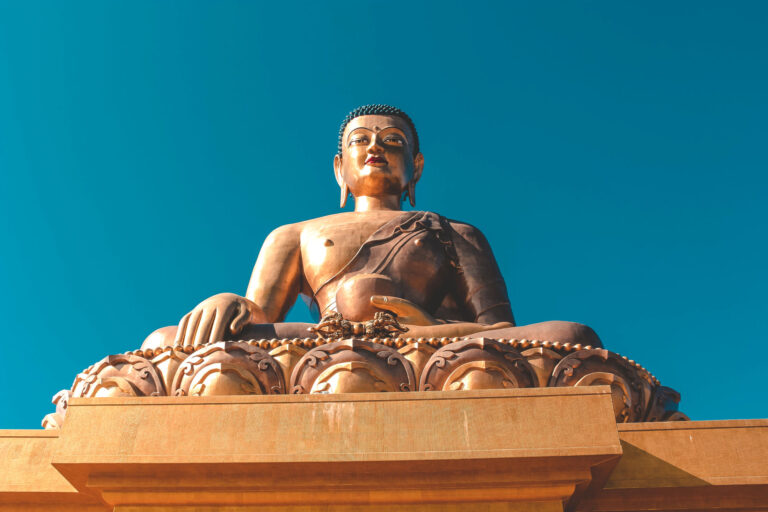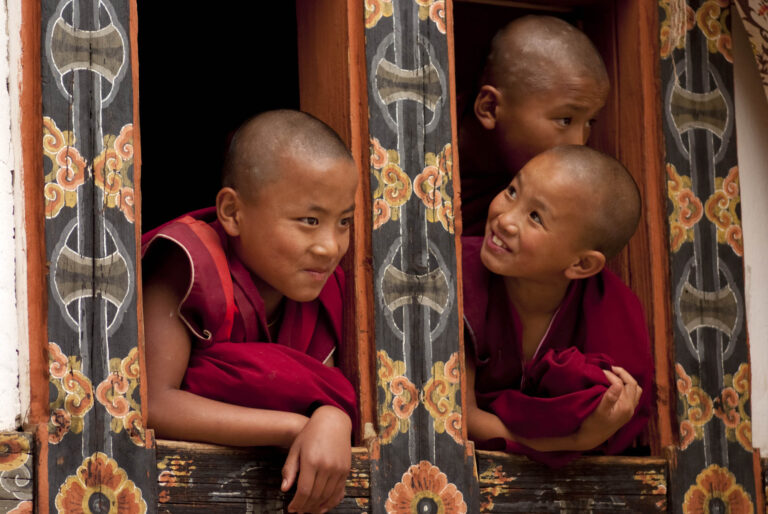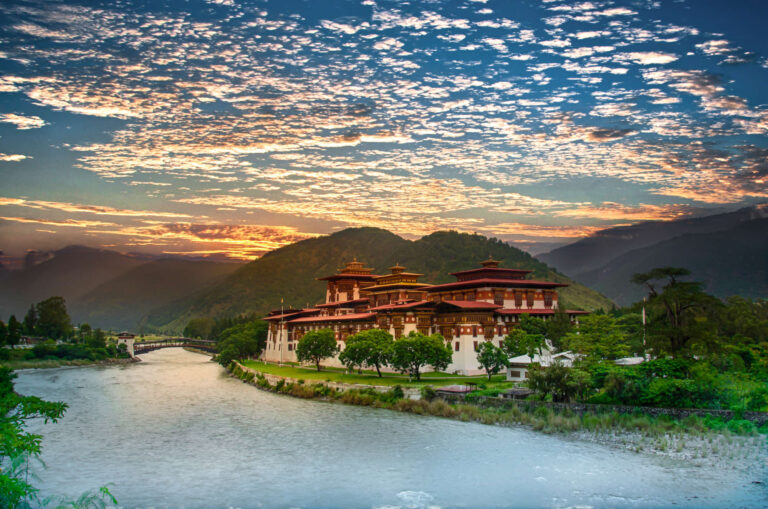
- COUNTRY
- MAIN CITIES
- prev
- next
THE COUNTRY
The first Sinhalese arrived in Sri Lanka late in the 6th century B.C., probably from northern India. The island was ceded to the British in 1796, became a crown colony in 1802, and was formally united under British rule by 1815. As Ceylon, it became independent in 1948; its name was changed to Sri Lanka in 1972.
- Sigiriya Rock Fort;
- Yala National Park;
- Galle Fort;
- Adam's Peak;
- Temple of the Tooth;
- Arugam Bay;
- Pinnawala Elephant Orphanage;
- Gal Vihara
- Private Jets, Helicopters and Airliners
- Finest Onboard Catering
- Ground Transport and Yachts
- Luxury Villa & House Rentals
- Local Guide & 24/7 Assistance
- Customized Global Services
TO BE KNOWN
-
The State's CapitalColombo
-
Time ZoneUTC +5.5
-
Telephone Code94
-
Total Area65 610 Km2
-
Population23 326 272 (2023 est.)
-
Main LanguagesSinhala, Tamil, English
-
CurrencySri Lankan rupees (LKR)
-
GDP Per CapitaUSD 13400
-
Airports18
-
Heliports1
TRAVEL INFORMATION
Tropical monsoon; northeast monsoon (December to March); southwest monsoon (June to October)
Sinhalese 74.9%, Sri Lankan Tamil 11.2%, Sri Lankan Moors 9.2%, Indian Tamil 4.2%, other 0.5% (2012 est.)
Flowers are uncommon gifts in Sri Lanka because they are traditionally associated with mourning.
Kottu roti — roti (a round flatbread) is placed on a grill and chopped and combined with additional ingredients including spices, vegetables, eggs, cheese or meat
Lower middle-income South Asian island economy; extremely high public debts; rapid inflation; facing domestic food, fuel, and medicine shortages; tourism industry disrupted by COVID-19; known garment and commodities exporter; low foreign exchange reserves
Promotional Video
Location
-
Sri Lanka

